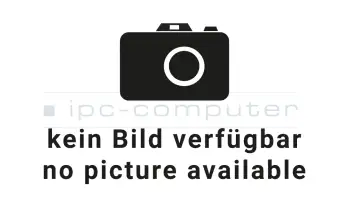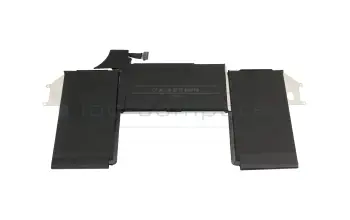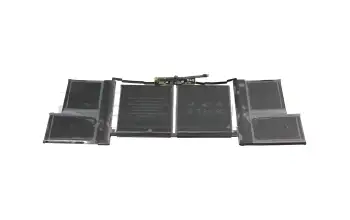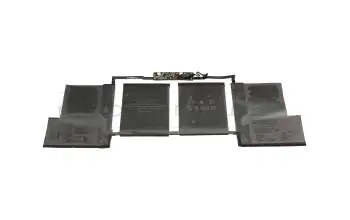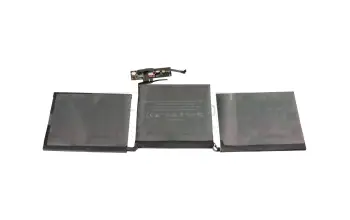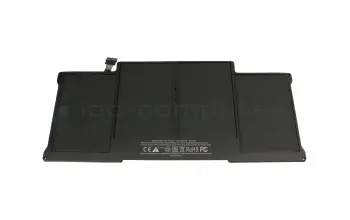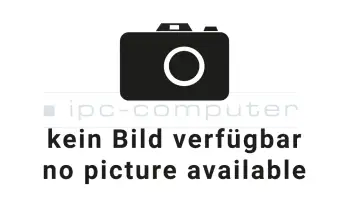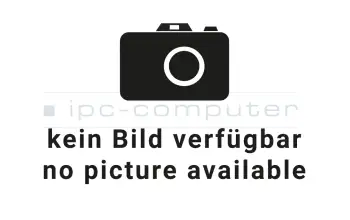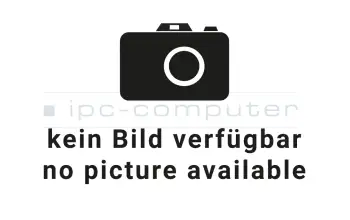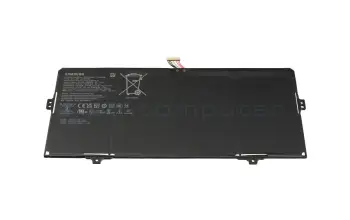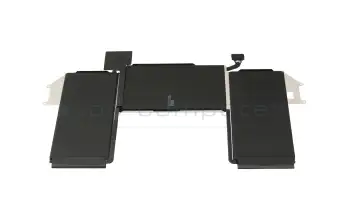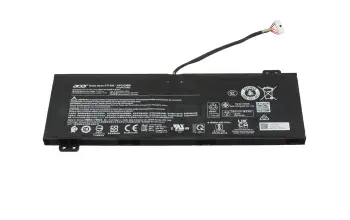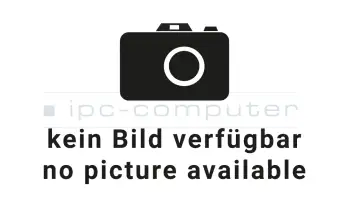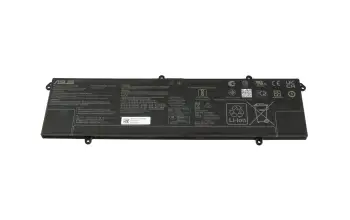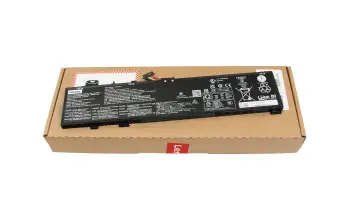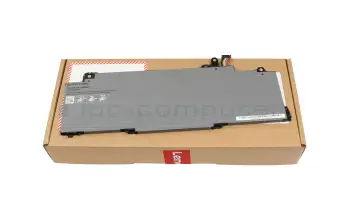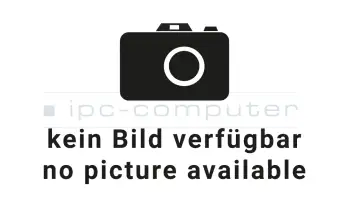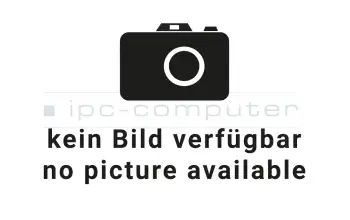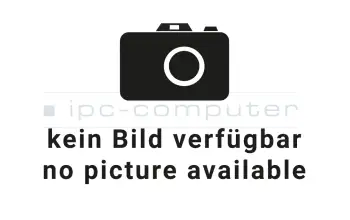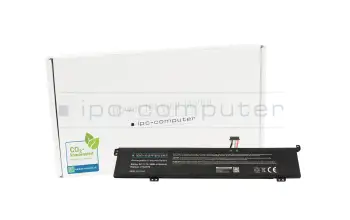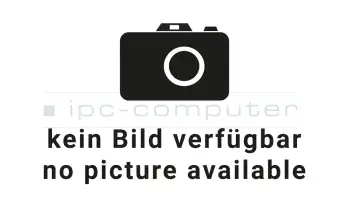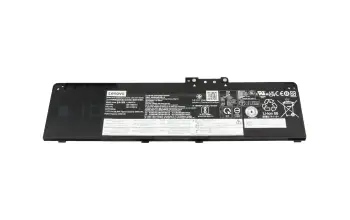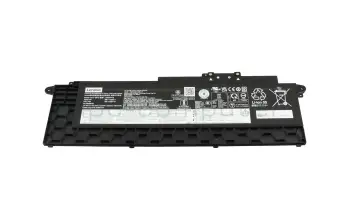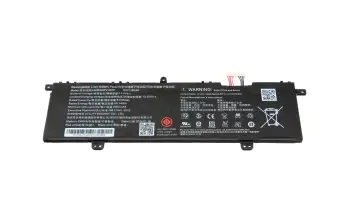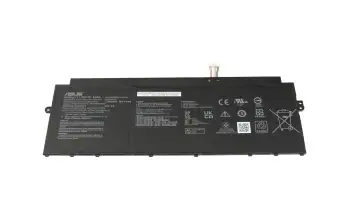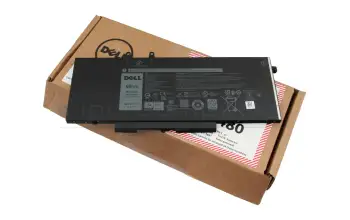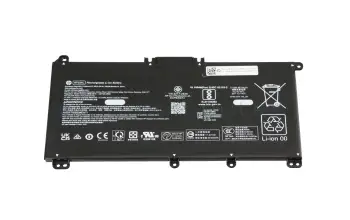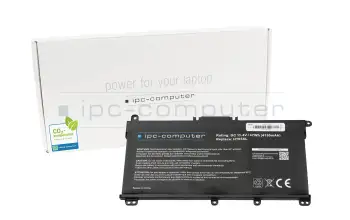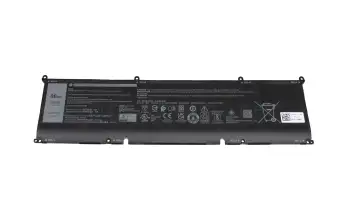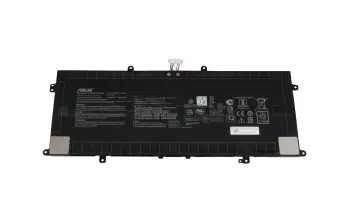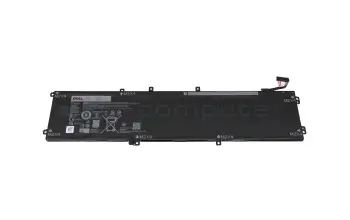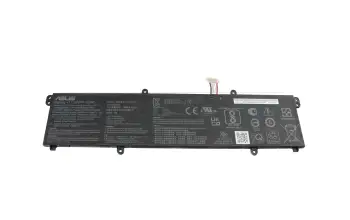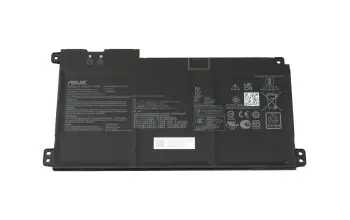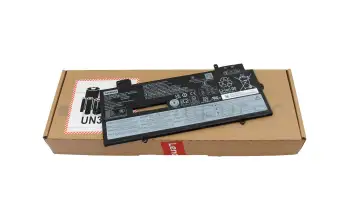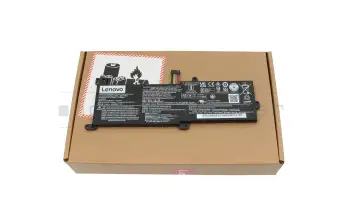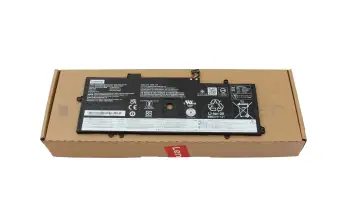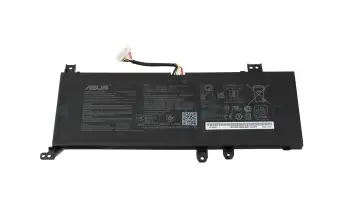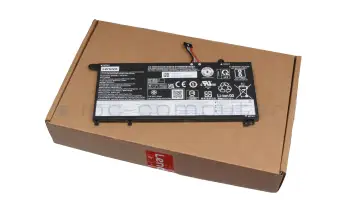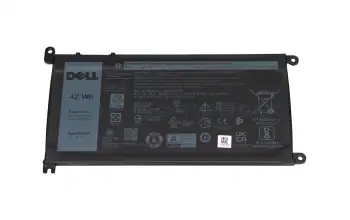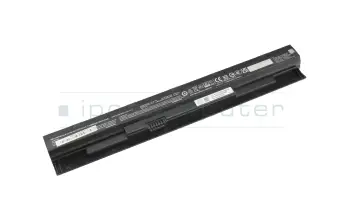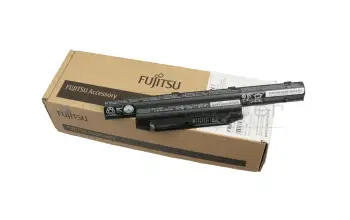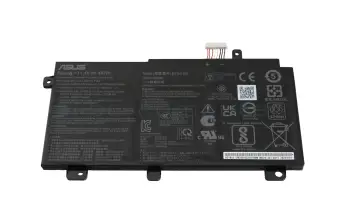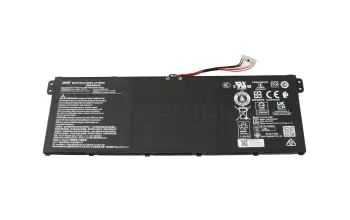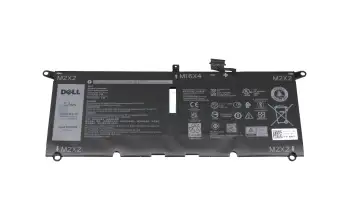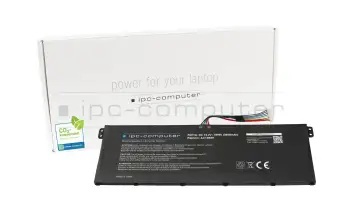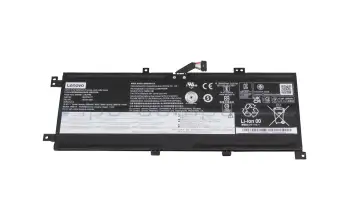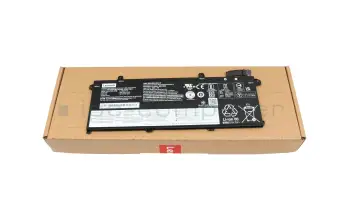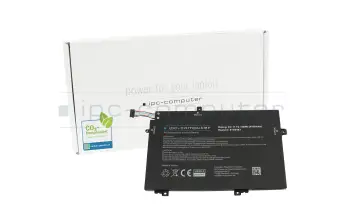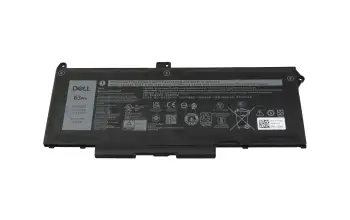Laptop batteries
Thousands of different batteries immediately available from stock
- Only high-quality original batteries - directly from the manufacturers Acer, Asus, Dell, Fujitsu, HP, Lenovo, etc.
- Best prices for you by direct and bulk purchase
- Our claim: We can deliver any laptop battery.
- Original battery no longer available? IPC Replacement batteries are then the ideal solution.
- Ordered until 14 o'clock - dispatch on the same working day
- Do you want to have the defective battery replaced by a professional technician? Click here to go directly to the repair service.

Find the right battery by model or features
Noch 8103 Produkte in Ihrem Filter
8103















IPC-Computer battery compatible to Lenovo L11S6Y01 with 58Wh

In stockshipping today.Express shipping possible.
39.00 €
incl. Tax (19%)
plus shipping charges
plus shipping charges
IPC-Computer battery compatible to Asus 0B110-00230500 with 38Wh

In stockshipping today.Express shipping possible.
29.00 €
incl. Tax (19%)
plus shipping charges
plus shipping charges
IPC-Computer battery compatible to Asus 0B110-00231100 with 38Wh

In stockshipping today.Express shipping possible.
29.00 €
incl. Tax (19%)
plus shipping charges
plus shipping charges
IPC-Computer battery compatible to Asus X55L89H with 38Wh

In stockshipping today.Express shipping possible.
29.00 €
incl. Tax (19%)
plus shipping charges
plus shipping charges
Alternative for 719796-001 original HP battery 50Wh

In stockshipping today.Express shipping possible.
109.00 €
incl. Tax (19%)
plus shipping charges
plus shipping charges
IPC-Computer battery compatible to Toshiba P000573310 with 56Wh

In stockshipping today.Express shipping possible.
29.00 €
incl. Tax (19%)
plus shipping charges
plus shipping charges
IPC-Computer battery black compatible to Lenovo 121500256 with 37Wh

In stockshipping today.Express shipping possible.
39.00 €
incl. Tax (19%)
plus shipping charges
plus shipping charges
IPC-Computer battery black compatible to Lenovo 121500257 with 37Wh

In stockshipping today.Express shipping possible.
39.00 €
incl. Tax (19%)
plus shipping charges
plus shipping charges
IPC-Computer battery black compatible to Lenovo 35024240 with 37Wh

In stockshipping today.Express shipping possible.
39.00 €
incl. Tax (19%)
plus shipping charges
plus shipping charges
Alternative for 807956-001 original HP battery 41Wh

In stockshipping today.Express shipping possible.
63.00 €
incl. Tax (19%)
plus shipping charges
plus shipping charges
Alternative for HS03 original HP battery 41Wh

In stockshipping today.Express shipping possible.
63.00 €
incl. Tax (19%)
plus shipping charges
plus shipping charges
Alternative for 5B10K10176 original Lenovo battery 34Wh

Small stockshipping today.Express shipping possible.
94.00 €
incl. Tax (19%)
plus shipping charges
plus shipping charges
IPC-Computer battery compatible to Asus 0B110-00050300 with 56Wh

In stockshipping today.Express shipping possible.
45.00 €
incl. Tax (19%)
plus shipping charges
plus shipping charges
Alternative for CC6N8 original Dell high-capacity battery 97Wh

In stockshipping today.Express shipping possible.
145.00 €
incl. Tax (19%)
plus shipping charges
plus shipping charges
IPC-Computer battery black compatible to Toshiba PA5195U-1BRS with 33Wh

In stockshipping today.Express shipping possible.
35.00 €
incl. Tax (19%)
plus shipping charges
plus shipping charges
Revive deeply discharged batteries?
A deeply discharged battery must be disposed of immediately, because in this case the battery can definitely no longer be reactivated. But you can only speak of a real deep discharge when the battery voltage is only approx. 5 - 7 volts or less. If, however, the battery voltage is still somewhere between the actually required nominal voltage and the state of true deep discharge, then there is justifiably still hope.




